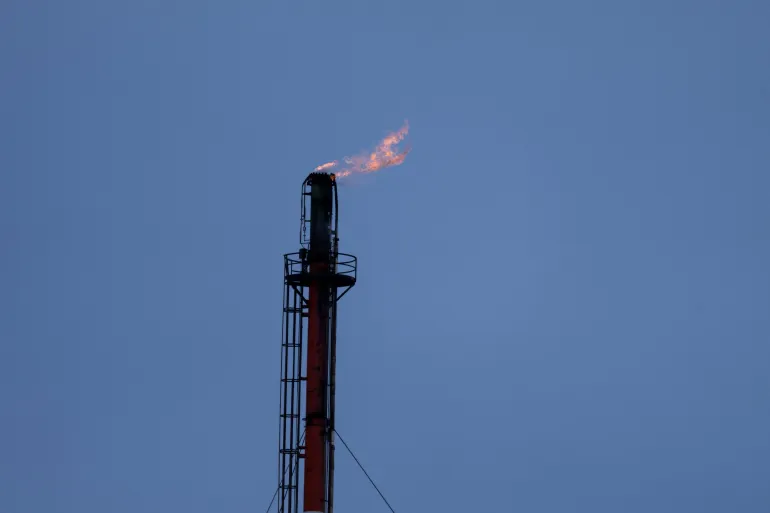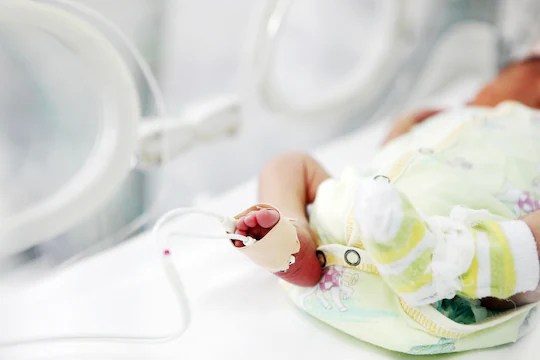A growing number of newborns in the United States are being admitted to neonatal intensive care units (NICUs), according to a new report from the National Center for Health Statistics.
In 2023, 9.8% of all infants born in the US required NICU care—up from 8.7% in 2016—marking a 13% increase over the seven-year period.
The report, based on birth certificate data from the National Vital Statistics System, provides a comprehensive look at demographic and health patterns among US births. It found that while NICU admissions rose across all maternal age groups, the highest rates were consistently among infants born to mothers aged 40 and older. In this age group, NICU admissions rose from 12.5% in 2016 to 13.6% in 2023. In contrast, infants born to mothers between the ages of 20 and 29 had the lowest rates of NICU admission, though even this group saw an increase from 8% to 9% over the same period.
The likelihood of a baby being admitted to a NICU is significantly higher when they are born preterm—before 37 weeks of gestation—or with low birth weight, defined as less than 5.5 pounds. These infants are at least seven times more likely to require intensive care than full-term, higher-weight babies.
Forty states reported increased NICU admission rates from 2016 to 2023. Among them, Alabama, Arkansas, Mississippi, and New Hampshire saw the sharpest rises, with rates increasing between 31% and 37%.
While an increase in births to older mothers and a rise in preterm deliveries help explain part of the trend, the report emphasizes that NICU admission rates increased across all maternal age groups. This suggests broader changes in neonatal health care practices or birth outcomes over time.
The findings are part of a broader analysis aimed at tracking key health metrics through the “Big Number” series by The Washington Post.










The latest news in your social feeds
Subscribe to our social media platforms to stay tuned